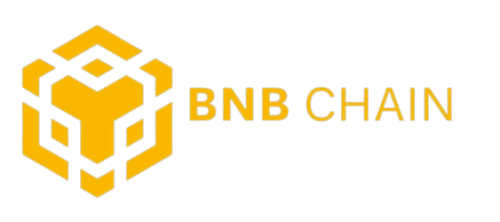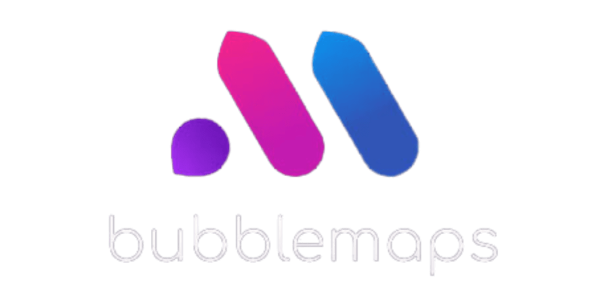Tokenomics in yield farming is a tricky subject. From the outset a developer needs to decide what kind of yield farmer they’re trying to cater to. Farmers vary in their strategies:
- You have the ‘short term apes’ – people looking for insanely high APRs and then dip in and out of those farms while scooping up nice returns.
- You have the ‘pre-farming hypers’ who buy in during token launch and hype up to increase people buying in and then dump the token just prior to the start of farming.
- You have the conservative yield farmer that buys your token at a decent price compounding multiple times per day. These are the farmers developers ideally want and look for.
Now that you’ve decided which kind of farmer you’re catering to, it’s now time to decide how best to suit their needs.
Liquidity
Let’s first talk about liquidity. At token launch, farms need to provide initial liquidity through their choice of Decentralized Exchange.
Providing a smaller amount of tokens during the liquidity event will result in a massive spike during token launch and a massive crash when farming starts. While this will raise your prices in pre-sale and cater to your pre-farming hypers who are focused on the highest token price possible to trade, this is a bad user experience for your conservative yield farmers.
A better user experience comes from providing enough tokens to prevent this kind of crash at the beginning of farming. However, it is important to understand that some reduction in price is to be expected as the pre-farming hypers are looking to dump your token to turn quick profits.
Emission Rate
Your next consideration is emission rate, which is defined by how many of your native tokens are minted every block. An emission rate that is too high will provide high APRs but will result in over-inflation of your token supply, thereby aiding the price crash of your token.
Whereas, an emission rate that is too low may provide a more realistic APR but may result in a boring farming experience for the users.
Many tokens are established in such a way that new coins are created on a regular basis infinitely, these are called infinitely minting tokens. If a token has a limit on how many coins will ever be created, it will have a maximum supply which will limit the supply end of the supply and demand problem.
One of the most important deliberations you will face as a developer is the balance between longevity of your farm and heightened APYs/APRs to attract new investors.
Additionally, when building your farm you should examine whether you need time to execute certain milestones to maintain interest in your token and build in utility. These factors are especially important if you balance your farm more on the side of longevity vs high APR and emissions.
Utility
Lastly, you’ll need to analyze the utility of your token. What differentiates your tokens from other farms, what utility will you bring via buybacks or other forms of staking opportunities? These mechanisms help to sustain price by allowing users to continue earning high yields for longer periods of time. Remember a user’s ROI isn’t only attentive to price; Return on investment (ROI) in yield farming is price quantity.
Here are some examples of farms that provided unique utility in order to sustain price:
- Polycat – burns through vaults, lockups through staking
- Polyzap – lockups on harvested rewards
- Polypup – Dividend rewards: providing users many options to stake the native token to earn top tier tokens such as BTC, ETH, USDC, etc.







